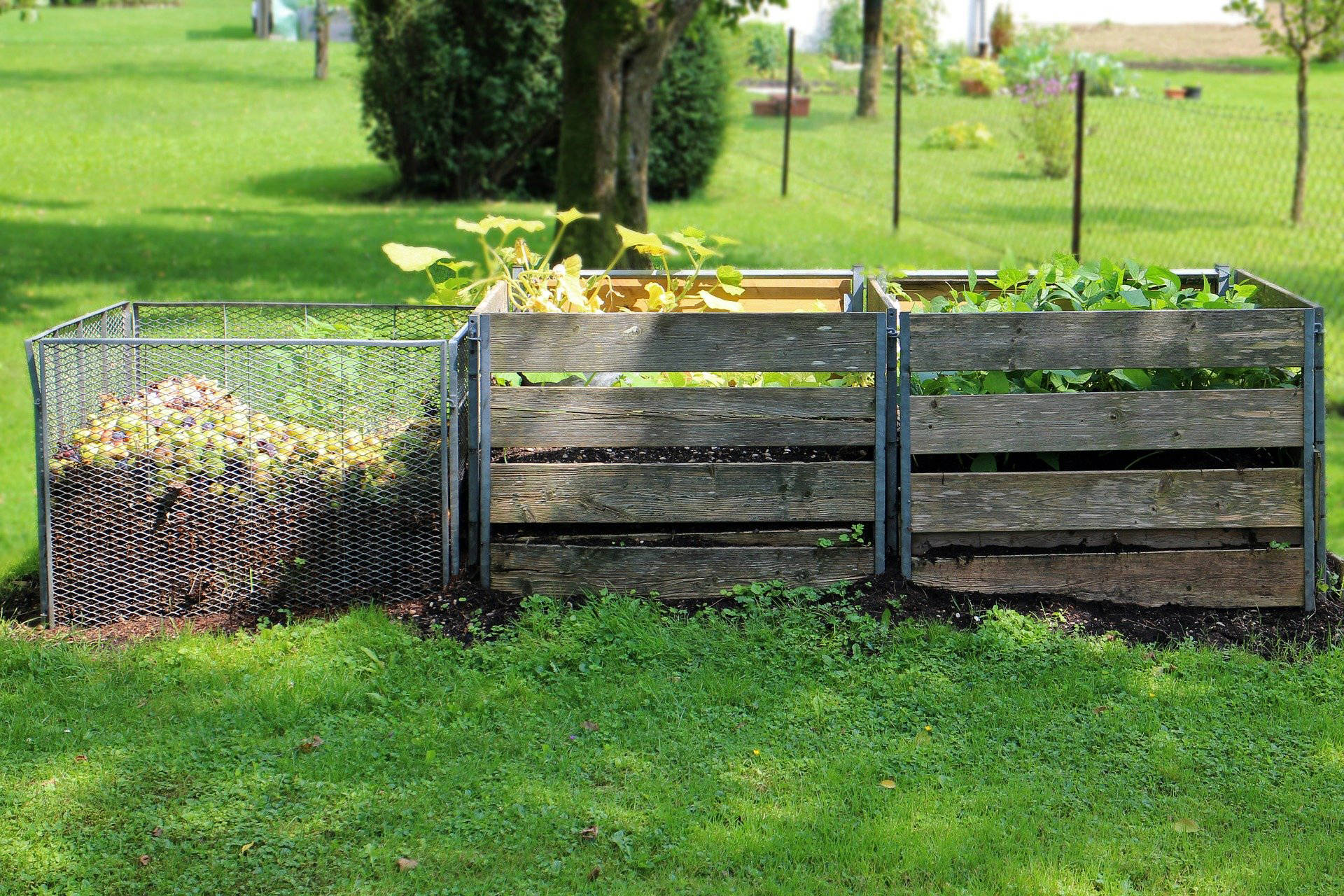It’s the first Community Composting Task Force Meeting and the topic of the evening is worms.
Exchange Board Member Marta Nielson, upon hearing that the Orcas Recycling Services facility might bring a large-scale composter to the island dump, has developed a community outreach strategy with Nancy Schafer to engage and educate islanders on resource stewardship, sustainability and food systems. And the room is full of women.
“Pete Moe recently brought up the fact that between 27 and 45 percent of any truck load of trash leaving the island is food waste. That figure alone shocked me,” Nielson said at the Feb. 17 meeting. “Anybody can create a pile of glop. But it hasn’t composted, it hasn’t done it’s process. It’s the creation of glop that attracts rats. Composting is actually too hot. Vermiculture is one way to compost, and layering is another way. There might be several ways to do this in different hamlets across the island.”
Each person in the group introduces themselves, quickly proving to be a diverse and discerning group on vermiculture. Vermicomposting is defined as the product of a decomposition process using various species of worms, usually red wigglers, white worms, and other earthworms.
Some in the meeting share they have their own vermicomposting sites at their houses in Deer Harbor, some have granddaughters who like to watch the worms move about in home bins. Some have been vermicomposting for 43 years, saying it’s “a great way to deal with continuous compost.”
One started a curbside recycling company, some have questions about ways to deal with the OPAL mice and rat problem. Another lives alone and freezes her food waste; another worked on the huge kitchen vermiculture project at Indralaya. That is, until the weasels at all the worms.
Some don’t like to compost. Some have “worm condos.” One even brought her red worms to the meeting in a ziplock baggie and passed it around for everyone to inspect. Some said their vermicomposting bins don’t like avocado skins or coffee filters.
Another person shares they recently came back to Orcas with the goal to help the island become a model sustainable community. Some are gardeners. There Friends of the San Juans board members and an attendee from Seattle.
All came to learn, and all have expertise to share. Composting is not only a premiere carbon sync, sequestering carbons albeit not pulling them out of the air, but if done correctly the sheer heat will eliminate herbicides found in grocery-store foods. Herbicides also come from the Orcas Golf Course, which Sydney Cooke says is only tested once every ten years. Cooke offered to help anyone who needed it with yard composting and vermicomposting. Barbara Bently offered baggies of vermicomposted soil and worm starters for anyone who’d like to get started.
Near the end of the first meeting Schafer asks, “Why would we want to do mid to large scale composting on this island?”
First and foremost, the group agrees, it would be educational, motivational and encouraging for the community, including group research purposes. It will save resources and reduce transportation costs on the island producing healthy soil locally. Theoretically, hamlet-wide composting would reduce that food waste percentage from the garbage, creating “cleaner and more tidy garbage.”
“Each of these sites would have to be overseen and monitored. From an economic standpoint it would create jobs,” Nielson said.
The workshop concluded with suggestions on solid locations for the community bins to live. The public school, The Exchange, community centers and the Energetics Club were suggested.
“Let’s make t-shirts that say ‘I’m a Compost Queen’ or ‘I’m a Worm Woman!’” several people suggested.
Molly Roberts replied, “We have to do something first before we make a t-shirt.”
The next Community Composting Task Force meeting is scheduled for March 16 from 6 to 7 p.m. in the conference room at the Orcas Library.




